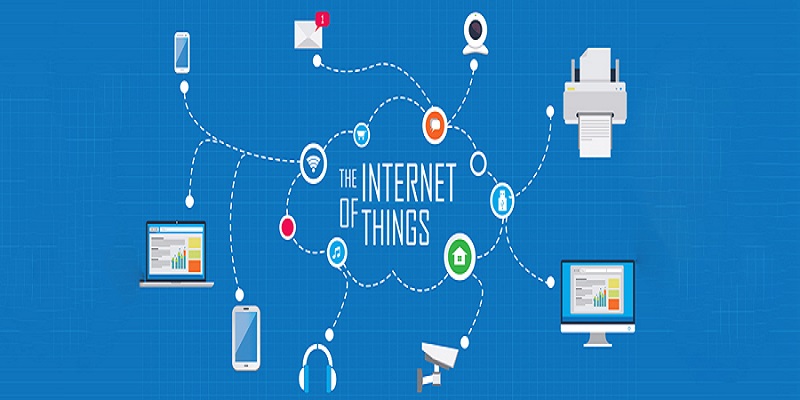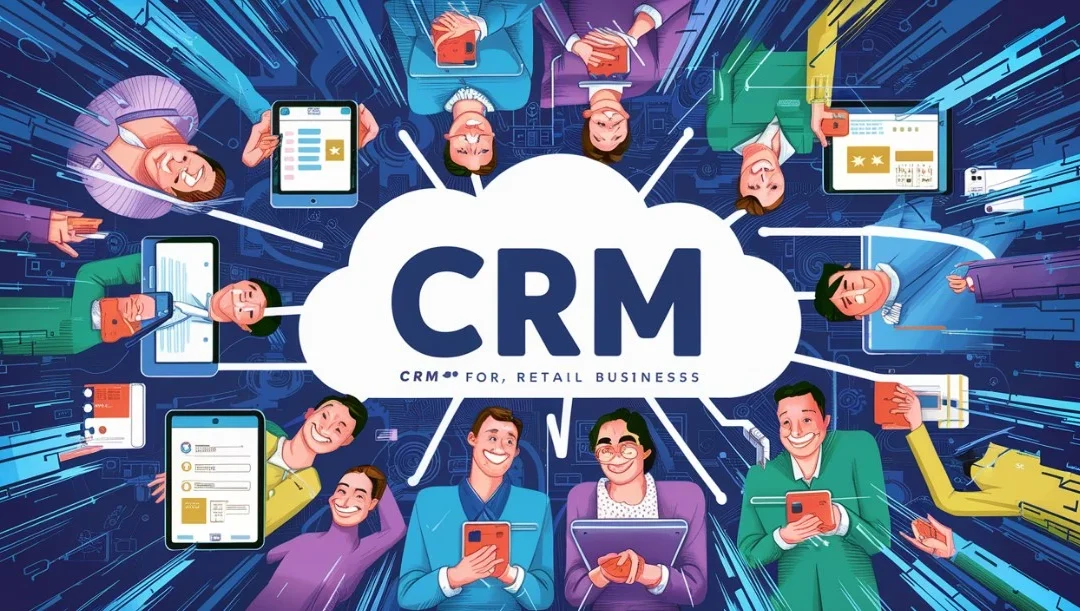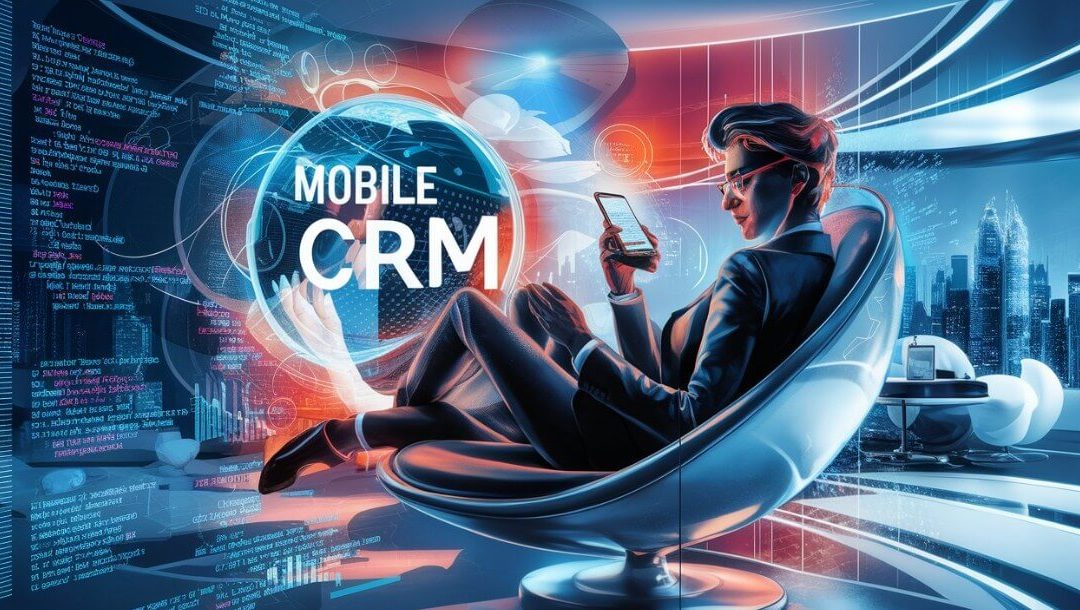Given that the global market is expected to grow rapidly over the next ten years, firms must begin considering the nature of labor in the future now or risk falling behind.
It makes sense that many executives are dubious about the potential of immersive technology in the workplace of the future. What relevance do gaming technologies and Snapchat filters have for the workplace? XR’s usage by furniture makers as a B2C gimmick during the epidemic has been thoroughly disproved, despite its first appearance.
Organizations may be wary of the changes that lie ahead as we enter a new era of technology. Financial limitations and the ongoing digital revolution have been too much to handle. But the emergence of XR also presents a wealth of fascinating prospects that are opening up fresh, creative avenues for everyone to interact, cooperate, and learn. The good news is that now is the ideal moment for businesses to start taking notice and taking action.
For those who are unfamiliar with XR, let’s go over this Extended Reality Guide, why it promotes growth, and why you ought to think about incorporating it into your company plan.
What is Extended Reality (XR)?
To put it simply, immersive technologies like augmented reality (AR), virtual reality (VR), and mixed reality (MR) are all included under the title extended reality (XR). These technologies may combine the actual and virtual worlds to produce unique and fascinating experiences, many of which are still to be found, thanks to their different yet complimentary capacities.
Let’s dissect them.
How does VR work?
Applications of virtual reality (VR)
Use virtual reality headsets, such as the Meta Quest Pro, to enter computer-generated environments and become fully immersed in realistic, captivating experiences with realistic-feeling objects and surroundings. Envision yourself in your living room, interacting and conversing with coworkers as though they were in the same room as you, while taking part in a team meeting as an avatar.
Virtual Reality Augmentation
Through the overlay of digital data and objects that you can see but not interact with in your physical environment, augmented reality (AR) improves real-world experiences. Before making a purchase, consider doing some internet research and placing a virtual sofa in your living room to make sure it complements the design and the available area.
Mixed Reality
With mixed reality (MR), you may engage with digital material by fusing the real and virtual worlds while keeping your actual surroundings in mind. With this enhanced kind of augmented reality, you may include virtual things into your environment, engage with them, and incorporate them into your daily routine. MR may be utilized for more sophisticated teaching where students learn while engaging, but it also requires a headset.
How Come XR Is Fueling Growth?
XR is a potent tool that is changing how businesses work, learn, create, and interact. It is no longer just about games and entertainment. XR has the potential to boost GDP growth from $46.6 billion to $1.5 trillion by 2030, according to a 2023 PwC report titled “Seeing is Believing.” This growth rate will only increase with the development of additional complementary technologies like artificial intelligence.
XR offers a big chance for businesses to produce value and save expenses by enhancing instruction, lowering risk, expediting the design and delivery of goods, and generating new sources of income. Today’s business advantages are expected to contribute to five primary categories in particular, and they are considerably richer and more appealing than in the past:
XR in process improvement will increase GDP by $275 billion; XR in product and service development will increase GDP by $359.4 billion; XR in healthcare will increase GDP by $250.9 billion; XR in development and training will increase GDP by $294.2 billion; and XR in retail and consumer will increase GDP by $204 billion.
Beyond the aforementioned, XR will help several sectors in several ways that most people are still unaware of. Few years It was formerly beyond of reach for many, but with more usage and more affordable gear and software, it will revolutionize how we work, interact, and generate income. This will help businesses establish a distinctive edge over their competitors.
Now let’s examine a few use examples.
XR in various industries
VR Training for Lufthansa Airlines
Flight attendants may now practice for their responsibilities ensuring the security and well-being of passengers in a virtual aircraft cabin that mimics a variety of scenarios, such as emergency procedures, passenger interactions, and service procedures. They may sharpen critical skills, enhance their decision-making abilities, and develop confidence in a risk-free but realistic environment through the immersive training experience. In this way, Lufthansa Airlines is the first company in Germany to receive authorization from the Federal Aviation Authority to educate over 20,000 flight attendants each year.
VW Digital Reality Hub XR for Collaboration Both Online and Offline
Cross-functional teams from major automakers may now work together electronically to optimize their logistics and production. Previously, collaborating with associates from other businesses or places necessitated lengthy preparation or travel. But now that virtual reality (VR) has become so powerful, anyone may collaborate from anywhere as long as they have a headset on. Volkswagen’s Digital Reality Hub is a trailblazer in this domain. They have developed virtual workshops, logistical training in virtual reality, and the ability for their employees to receive expert help virtually. The company has made the perfect atmosphere for cross-site and cross-brand collaboration using virtual reality technologies.
Accenture
Instead of being required to report for duty on their first day, Accenture new hires are greeted with the immersive Mixed Reality (MR) experience on the Nth level. Employees interact with virtual colleagues and mentors while investigating a digital a replica of the corporate office. They might take part in virtual team-building activities, virtual training sessions, and virtual team meetings to gain an intimate understanding of the company’s culture and values. Richer onboarding experiences help new hires feel connected and like they belong straight away, allowing them to integrate into the company more quickly.
Hyundai’s (VR)
Hyundai and Kia’s state-of-the-art VR design review technology allows engineers to work directly with designers anywhere in the world. It is feasible for twenty people to participate.
simultaneously in real-time, offering feedback on observable and touchable, yet unbuilt, objects. Designers may more effectively analyze concepts and assess quality by duplicating exterior and interior design elements including lighting, colors, and materials. These companies predict a 20% decrease in vehicle development times and a 15% reduction in development expenditures.
As you can see, there are countless applications for immersive technology, yet many people remain skeptical. Why?
Future Developments in XR Technology: Are You Prepared to Set Out on This Adventure?
In the years to come, several advancements and trends are projected to have an impact on the XR landscape, including:
1. Machine learning and generative artificial intelligence (AI):
Machine learning and artificial intelligence (AI) may enhance virtual reality (XR) experiences by creating more personalized, interactive, and realistic content.
2. The Metaverse: The concept of a communal virtual environment where users communicate in real-time is expected to gain traction. Generative models powered by AI are anticipated to
3. Latest Technologies:
Rendering techniques and hardware capabilities will lead to the creation of photo realistic XR environments. Imagine entering a virtual environment with breathtaking visual fidelity that replicates reality.
4. Hyper-Realistic Avatars:
XR will make it possible for lifelike avatars to mimic human actions, emotions, and expressions.
5. Immersive Training and Education:
XR is going to transform training and education. These avatars will improve social interactions and redefine virtual presence. Immersion experiences will improve learning outcomes and skill development in a variety of contexts, from industrial safety drills to medical simulations.
6. Haptic Technology:
As haptic feedback advances, users will be able to feel and interact with virtual things. Improved touch sensitivity will increase realism and immersion.
Custom Software Application Development Solutions
These professionals are capable of custom software application development solutions that meet your particular needs. Whether you want application development, corporate automation, or product customization, a knowledgeable team can make your idea a reality.
Recall that scalable, source code ownership, and flexibility are all benefits of software development. It enables you to create solutions that are exactly tailored to your industry and to change with your needs.





